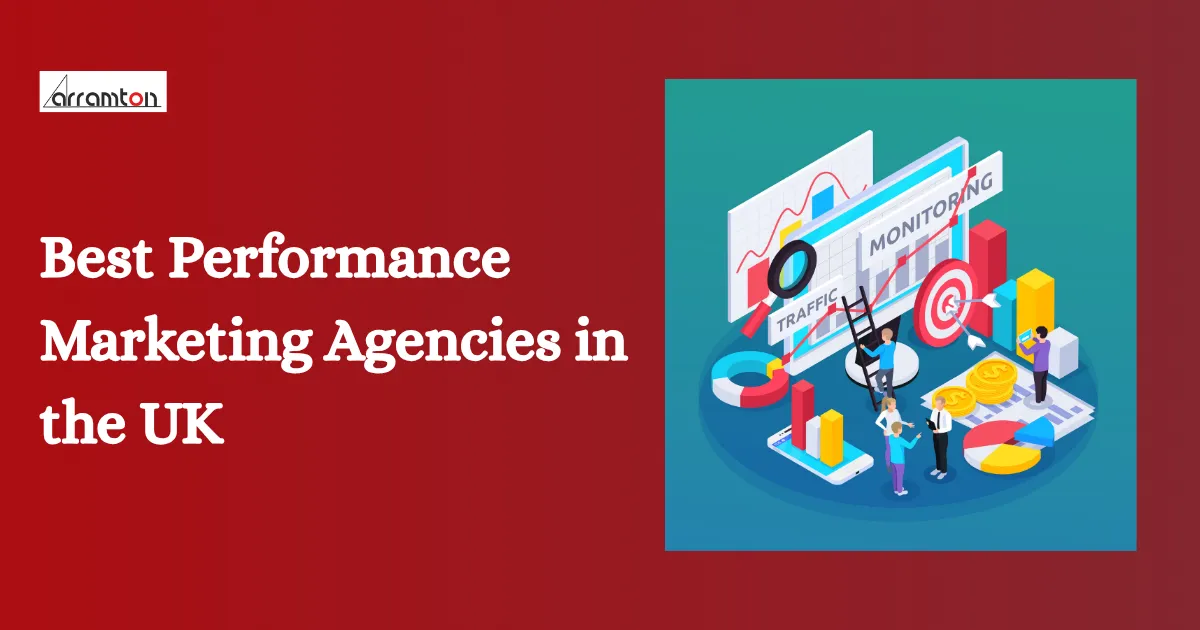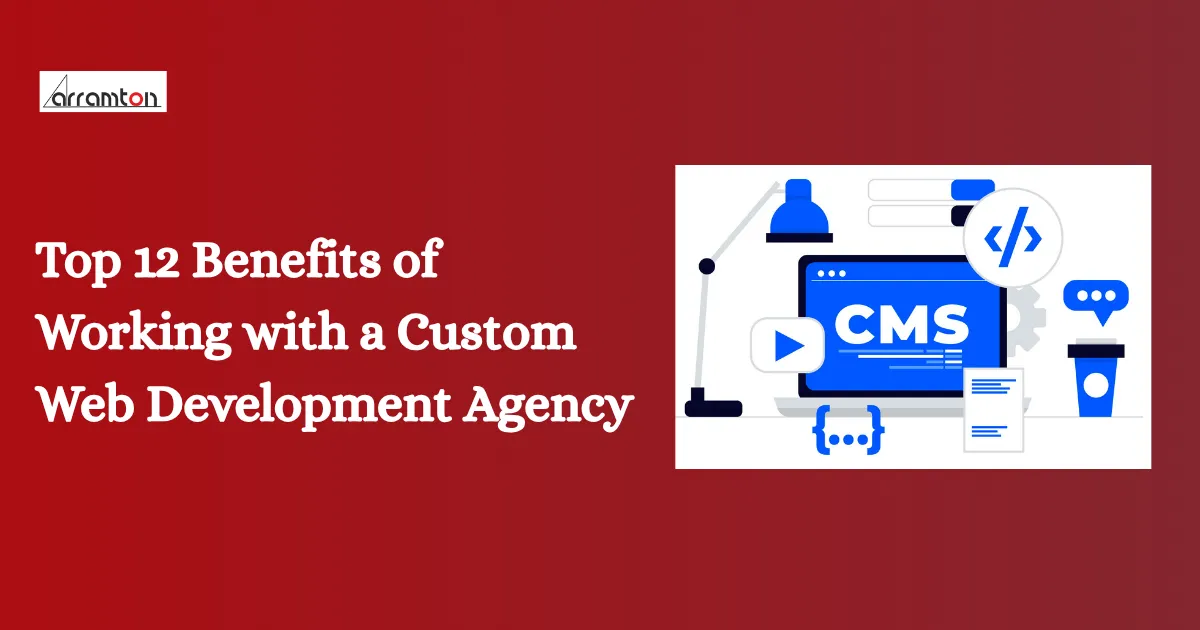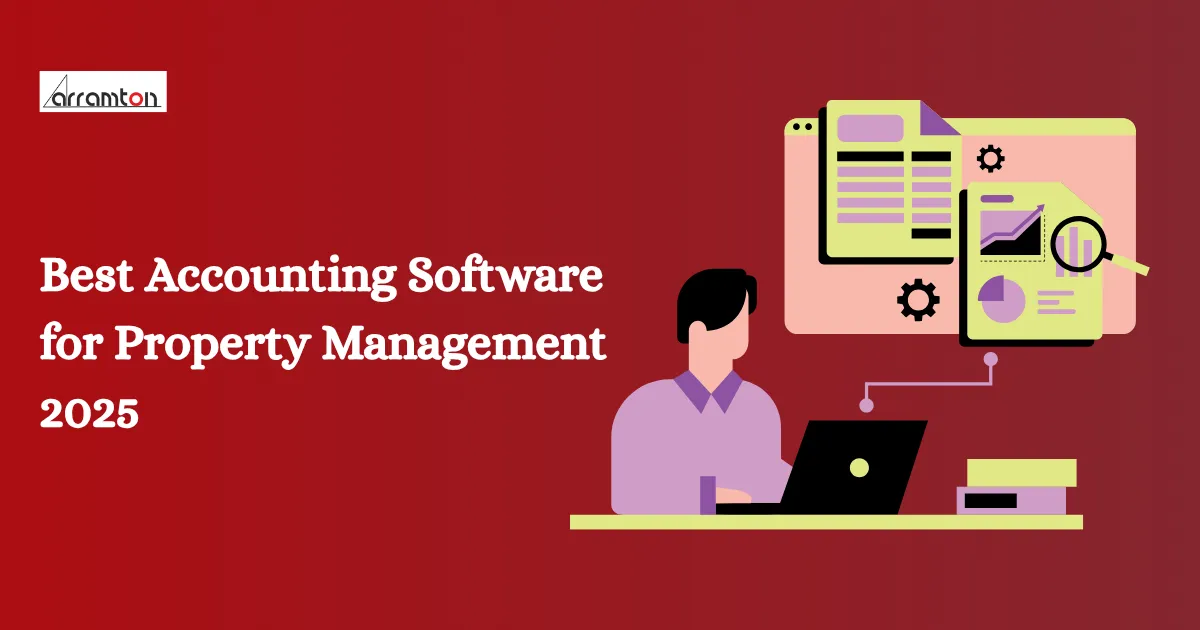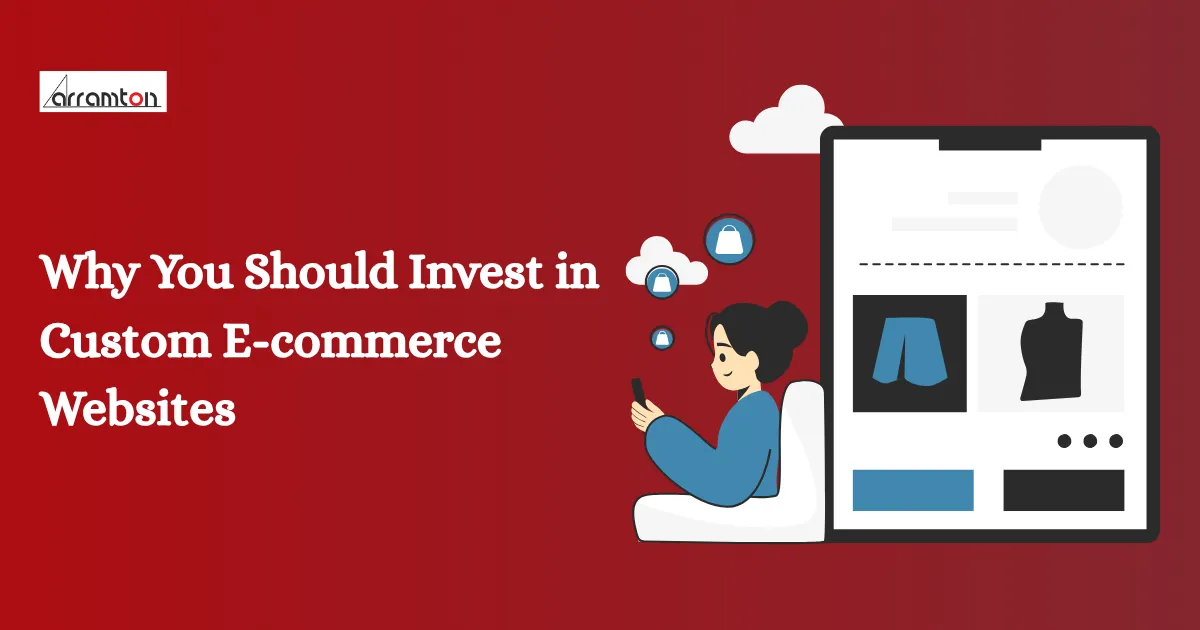How to Build a Sales Gamification Software
Sales gamification is a powerful tool for boosting motivation and driving sales results. But how do you translate that motivational power into a software solution for your team?
Pragya Chauhan, 2024-04-12

Sales gamification is a powerful tool for boosting motivation and driving sales results. But how do you translate that motivational power into a software solution for your team?
This blog dives deep into the process of building sales gamification software, equipping you with the knowledge to create a platform that fosters engagement, incentivizes performance, and ultimately fuels your long-term business success.
According to the latest report by Precedence Research, in 2022, the global gamification market size was evaluated at USD 10 billion and it is expected to surpass around USD 116.68 billion by 2032, poised to grow at a CAGR of 27.9% during the forecast period 2023 to 2032.
These stats show how it can be a lucrative opportunity for businesses to invest in custom sales gamification software development.
Table of Contents
- What is Sales Gamification Software?
- Must-Know Stats on Sales Gamification Software
- How to Develop Sales Gamification Software
- Essential Features of Sales Gamification Software
- How Much Does Sales Gamification Software Development Cost
- Cost To Maintain Sales Gamification Software
- Why Entrepreneurs Should Invest in Sales Gamification Software Development?
- How Arramton Can Help You Build an Effective Sales Gamification Software
- Frequently Asked Questions
What is Sales Gamification Software?
Sales gamification software is a digital tool that incorporates game-like components into the organizational sales process to motivate the sales team to achieve set goals.

The tool transforms sales tasks and objectives into competitive activities using features like leaderboards, points, regards, etc.
Further, the system integrates with CRM systems and sales, applying gaming strategies to real-world sales activities and objectives, making the sales environment more enjoyable.
Today, many businesses understand its potential and leverage it to boost sales. If you also want to build one for your business, then it’s best you consult a software development company to invest in sales gamification software development.
They will help you turn your ideas of sales gamification software development into reality, meeting your potential user’s needs and business goals.
Must-Know Stats on Sales Gamification Software
As you think about building sales gamification software, it’s crucial to be aware of the market size of the software. Here are some key statistics that you must know:

- In 2022, the global gamification market size was evaluated at USD 10 billion and it is expected to surpass around USD 116.68 billion by 2032, poised to grow at a CAGR of 27.9% during the forecast period 2023 to 2032.
- According to HubSpot, 89% of employees say that gamification makes them more productive at work, and 71% of employees believe that gamification increases their energy levels.
- 12% of non-gamified workers are unproductive, higher than those who receive gamified training (3%).
- Gamification at work: According to 66% of workers, gamification makes them less stressed. (eLearning Industry, 2020).
- 83% of employees participating in gamified training report higher motivation at work.
How to Develop Sales Gamification Software
Understanding sales gamification software development right from the beginning is critical to avoiding risk and reducing overheads.

Hence, for a better best possible outcome, follow the below given 7 steps to build modern Sales Gamification Software:
1. Perform Market Research
Before you begin developing sales gamification software, the first step you need to take is to conduct research to understand your target audiences and the pain points of the organizational sales team. Also, analyze how to address the pain point with your sales gamification platform.
2. Select Tech Stack
Many game mechanics are available there that you can implement into your sales gamification software.
If you find it difficult which tech stack you should choose, you can get in touch with an IT Consulting Services provider.
But, remember to select the one that best fits your business goals and integrates with your sales gamification solutions.
The success of your software heavily depends on your choice of the tech stack, so carefully consider a tech stack to ensure ease of use and scalability.
3. Choose UI/UX Design
UI/UX design of your gamification platform plays a critical role in developing intuitive and visually appealing sales gamification software.
For successful software, provide the interface and interaction with transparency to the target audience. If required, get help from a software development company.
Read More: 12 Web Design Trends to Improve Your Brand Image in 2024
4. Development Phase
Once the design for your software is finalized, it’s time to start developing sales gamification software.

In this step, you’re advised to hire software developers with in-depth knowledge of best practices and choose standards to translate the design into functional features. The features should match the requirements of potential users.
5. Testing and Quality Assurance of App
This is one of the most critical steps in sales gamification software development. This stage involves extensive testing to identify and address bugs, errors, glitches, and usability issues.
QA engineers help conduct various tests, including usability testing, security testing, performance testing, and functional testing.
Moreover, custom acceptance testing helps you to collect feedback and make necessary improvements.
6. Launching and Marketing
After the testing, it’s finally time to launch your sales gamification software and excite your target audience about your product.
You can include promotional campaigns, leveraging social media platforms, and press releases to reach potential users.
By collaborating with a reliable app development company, you can increase the credibility and visibility of your offering.
7. Scale and Maintenance of App
Once your sales gamification solution is launched, consider ongoing maintenance and scalability to ensure a seamless experience.
You are responsible for monitoring user feedback, marketing trends, and performance metrics so that continuous improvements can be made. As your customer base increases, ensure your infrastructure handles the increased load.
Essential Features of Sales Gamification Software
When it comes to sales gamification platform development, it’s important to explore different features and make sure you add the following features to your software.

1. Real-time Performance
Make sure that your gamification software includes real-time performance and allows you to provide instant feedback on team and individual attainments. The feature maintains engagement and momentum.
2. Integration With CRM and Sales Platforms
By integrating with CRM and sales platforms, you can ensure that efforts of sales gamification solutions are seamlessly connected with organizational sales tools and workflows. It helps to automate the tracking of sales activities.
You Might Also Like: 7 Steps for a Successful CRM Implementation
3. Rewards and Recognitions Mechanisms
Make sure that your software offers different reward mechanisms, such as points leaderboards, incentives, and so on.

4. Customizable Challenges and Goals
Focus on building software that allows businesses to customize challenges and set specific goals aligned with sales strategies.
5. User-friendly Interface
Ensure your sales gamification software has an intuitive interface so that users find it easy to navigate and can access relevant information.
6. Peer Recognition Features
The peer recognition feature enables peer-to-peer recognition, fostering a collaborative and supportive work culture.
7. Analytics and Reporting
With this feature, businesses can get detailed insights about their team and individual performance, highlight improvement areas, and identify problem areas.
8. Scalability
As with growing businesses, the sales process and requirements also change. So, your software must be scalable to accommodate the evolving business needs, including effective CMS development.
9. Leaderboards and Ranking
Your sales gamification platform should display real-time standing to foster a competitive environment. This feature helps businesses recognize top performers and promote healthy competition.
10. Mobile Accessibility
Ensure that your software is mobile-friendly so that users can access the platform anywhere, anytime, using their tablet or smartphone, ensuring engagement and participation.
Read Next :- How to Build An Auto Dialer Software in 5 Simple Steps
How Much Does Sales Gamification Software Development Cost
When developing sales gamification software, cost is another critical thing to consider.
On average, the cost of custom software development ranges from $10,000 to $27,000. These are not fixed costs, as several factors influence the overall software development cost of sales gratification solutions.
For instance, the software’s complexity is one of the biggest factors that affect the cost of building sales gamification software, as given in the table below:

You can see the cost of gamification software based on factors like complexity, type of software, and time frame. Understanding the cost of your software development based on these factors would be very helpful.
If you still have difficulty understanding the app development cost, consult app/software development experts or companies.
They are often committed to developing software on time and within the given budget without compromising the solution's design, features, and quality.
Cost To Maintain Sales Gamification Software
The process doesn't end once you’ve built sales gamification software. Now, you’re responsible for keeping your software up-to-date, which requires investing some money in app maintenance.
The maintenance cost of a sales gamification solution depends on the app's complexity, the addition of new features, and overall project requirements.
On average, the maintenance costs of gamification software sales fall between 10 and 15% of the overall development cost. Businesses must ensure they get the desired outcome if they spend over 15% of the maintenance costs.
If you find it challenging, it would be better for you to seek assistance from a CRM development solution provider.
The software development company will help you budget for maintenance costs and ensure the smooth functioning of your software.
Related-Read: Mobile App Maintenance Cost
Why Entrepreneurs Should Invest in Sales Gamification Software Development?
There are many reasons why entrepreneurs should invest in sales gamification. Here are some of the benefits that businesses can enjoy with a sales gamification program:
1. Enhanced Sales Performance
Sales gamification solution motivates and engages sales teams, significantly boosting overall sales performance.

Through gamified challenges, competition, and rewards, sales employees attain their target, which increases business productivity and revenue.
2. Increased Accountability and Transparency
Sales gamification software facilitates real-time performance tracking provided by software testing service providers, which gives business owners valuable insight into their sales team’s activities and progress.
Hence, this increased visibility improves all staff accountability and enables managers to adjust improvements in identified areas.
3. Competitive Advantages
In today’s competitive market, businesses must leverage all practical tools and techniques to gain a competitive advantage.
Investing in sales gamification development can represent a commitment to employee development and innovation. This will help attract top talent and outperform competitors in the market.
4. Attain Business Goals
With customized challenges and goals, businesses can align their sales activities with their objectives.
Sales gamification strategies can be tailored to support particular business priorities and goals, whether improving customer retention or acquisition.
5. Scalability and Adaptability
As businesses grow, sales requirements and processes also change. Therefore, as per the SAAS application development company, a sales gamification solution facilitates scalability and adaptability.
This allows companies to scale up or change their gamification strategies to acclimate to changing objectives and needs.
How Arramton Can Help You Build an Effective Sales Gamification Software
Sales gamification software is an excellent way for businesses to improve sales, motivate staff, and boost productivity.
In the current competitive market, entrepreneurs find building sales gamification software worth investing in as it helps make sales efforts meet business goals.
much like how the best hospital management software optimizes operations in healthcare facilities.
If you, too, are interested in developing gamification software, contact a top software development company that can turn your idea into reality.
We at Arramton Infotech provide different industry-specific gamification software solutions using cost-effective software development methodologies.
With years of experience, our team of dedicated developers assists clients in prioritizing features, selecting the best tech stack, and developing a successful sales gamification solution development strategy.
So what to wait? Just Contact Us and share the requirements of your sales gamification software and get the desired outcome from us.
Frequently Asked Questions
Q. What is sales gamification?
Ans. Sales gamification is the application of game mechanics and principles in a non-game context, specifically within a sales environment.
Q. What is an example of gamification in sales?
Ans. A company might implement gamified sales software where sales reps earn points for each successful call they make. Top performers on the leaderboard receive virtual badges or recognition at team meetings. Additionally, points can be redeemed for virtual rewards like gift cards or company swag.
Q. Does gamification increase sales?
Ans. Studies suggest gamification can positively impact sales. It can boost motivation, increase engagement, promote healthy competition, and create a more positive work environment. However, the effectiveness depends on the specific implementation and the target audience.
Q. What is gamification in CRM?
Ans. Customer Relationship Management (CRM) software can be gamified by integrating features like points and leaderboards for completing tasks related to customer interactions, lead generation, or account management. This can incentivize reps to provide better customer service and improve overall CRM data hygiene.
Q. Does gamification use AI?
Ans. Gamification can leverage Artificial Intelligence (AI) in some ways. AI can personalize the experience by tailoring challenges or rewards to individual sales reps based on their performance and preferences. Additionally, AI can analyze data to identify areas for improvement and suggest adjustments to the gamification mechanics for better engagement.
Empowering Businesses with Technology
Recent Blogs

Best Performance Marketing Agencies in the UK
Discover the leading performance marketing agencies in the UK for 2025. Find expert firms focused on ROI-driven strategies, including PPC, SEO, and data-driven digital campaigns.
Deepali Dahiya Aug 7, 2025

Top 12 Benefits of Working with a Custom Web Development Agency
Explore the top 12 benefits of partnering with a custom web development agency in 2025. See how personalized solutions, skilled professionals, and scalable designs can elevate your brand and accelerate digital growth.
Aarushi Kushwaha Aug 5, 2025

Best Accounting Software for Property Management 2025
Explore the top accounting software for property management in 2025. Ideal for landlords, investors, and property managers looking to simplify financial tracking and improve operational efficiency.
Deepali Dahiya Aug 4, 2025

Why You Should Invest in Custom E-commerce Websites
Explore the top reasons to invest in a custom e-commerce website in 2025. Uncover how personalized design, superior functionality, and scalable solutions can boost conversions and give your brand a competitive edge.
Aarushi Kushwaha Jul 31, 2025